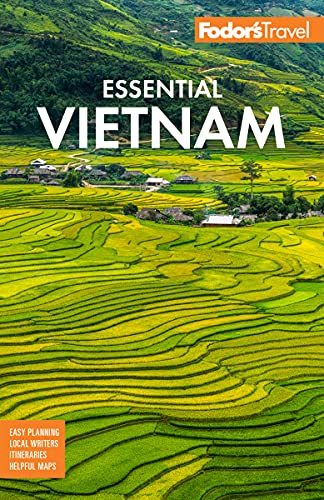Part of the Annamite mountain range on the northwest Central Coast, Phong Nha Ke Bang National Park was listed as a World Heritage Site in 2003. Covering more than 800 km (497 miles), it’s thought to be one of the most distinctive examples of karst landforms in Southeast Asia, with more than 300 caves and grottoes including Son Doong, the world’s largest cave, only discovered in 2009. There are three cave systems in the national park, and one outside. Phong Nha Cave System includes Hang En, Hang Phong Nha, Hang Son Doong, and the Dark Cave. Von Cave System includes Paradise Cave. Nuoc Mooc Cave System is one of the most unique in the world. The park is incredibly beautiful, full of crystal clear blue waters and lush jungle wildlife, and tourism has (to date) been managed with sustainability in mind.
The best months to visit for trekking and caving are March, April, and May, before the draining humidity of summer kicks in. From the end of September, Phong Nha can get very wet with the chance of typhoons. Some services wind down during October and November as caves can flood, and roads become thick with mud, making it difficult to get around.






